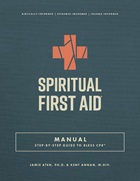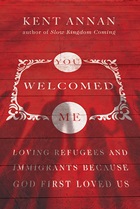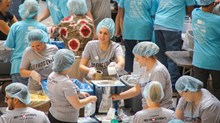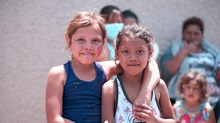Reopening the Rural Church
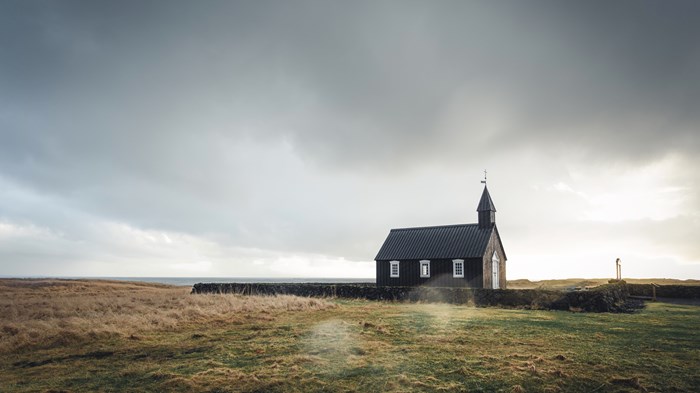
When COVID-19 hit in the USA earlier this year, churches, both rural and urban, began to shutter their buildings. However, many rural pastors felt a backlash that urban pastors did not feel. Some rural people felt that COVID-19 was an urban issue, highly overblown, or even a hoax perpetrated by the media. For many living in rural North America, they felt COVID-19 was something that would never get to their part of the world.
Many churches in rural settings desperately wanted to get back to normal as quickly as possible. In general, rural people are resilient. They are familiar with weathering storms such as crops being destroyed, factories closing, or tragedies claiming the lives of fellow church members. Many in rural North America felt that COVID-19 was just another such storm, a temporary setback. Common statements heard in rural churches were: “When can we meet in the building again?”; “When can we get back to the church building and hug people’s necks?”; “When can we get back to ‘normal’?”
While larger, more urban churches often see themselves as organizations, smaller, rural churches see themselves as organisms. Rural churches tend to see themselves as family, and families share life together.
Closing the church building caused great loss and stress. How would the church physically care for its members and how could the church get its usual in-person gatherings online? After a couple of weeks, things calmed down, and church life settled into a new online, physically distanced “normal.”
Now, many rural churches are dealing with various phases of returning to in-person gatherings. Returning to corporate worship in person is proving to be much more complicated than anyone planned. Legal issues such as state and local restrictions related to in-person gatherings need to be researched and heeded. How many people, how far apart, with or without masks are questions that must be addressed. Church unity issues are popping up as leaders and members within the same church disagree about how and when to reopen the building. Logistical issues complicate things further as the church grapples with how to take care of children’s safely, how to sanitize a facility, and how to do the Lord’s Supper safely.
Ultimately, reopening the church building is an opportunity for rural churches to practice extraordinary grace. Church members need to extend grace with their pastors leading in situations for which they are not trained or prepared to handle. Pastors need to offer grace to church members who are either very cautious about returning to the building or are very anxious to get back to meeting in person. Both extremes in the same church family make maintaining unity a difficult task. Grace is the key to moving forward during this trying time.
Some practical guidelines and considerations for rural pastors and church members as we begin to reconvene in physical gatherings include:
-
Ensure church facilities are set up in such a way to support proper social distancing as required or encouraged by local health and government authorities.
-
Make plans for thorough cleaning and sanitization of church facilities before, during, and after gatherings and events.
-
Provide hand-sanitizing stations in strategic locations throughout the building.
-
Provide masks for members and guests.
-
Be intentional to reduce as many touch points as possible. For example:
-
Train greeters NOT to shake hands or initiate physical contact with others.
-
Eliminate corporate moments of formal “welcome” that encourage congregants to physically greet those around them. (This is a change that should be made permanent as these “forced welcome times” often create very awkward moments for first-time guests or those with more introverted personalities!)
-
Provide greeters to hold doors open for others to eliminate the need for multiple hands on the same door handles. In some cases, it may be advisable to simply prop the doors open so greeters can maintain an even greater distance from those walking into the building.
-
Reduce or eliminate printed materials or physical offering plates/buckets being passed from person to person.
-
Consider the best way to distribute the elements for communion that will reduce or eliminate the need for as much physical contact as possible.
-
-
Consider decreasing service times or eliminating certain gatherings or meetings that are normally on the church calendar. As tempting as it is to jump right back into our “normal” church routine, there is likely wisdom in reducing the amount of time we are encouraging people to gather together in public settings.
-
Give special consideration to how you will handle nursery and children’s ministries. If you choose to offer them, ensure those areas of the facility are getting extra cleaning and sanitization.
-
Where possible, consider what portions of your gatherings could be offered outside.
-
Even though we will see some of our people returning to in-person gatherings, don’t forget about those who are still not comfortable getting back out in public gatherings. Continue to serve them through whatever online options your church is able to provide.
While these steps will not guarantee a COVID-free congregation, the steps listed above will certainly help lower the risks. Ultimately, rural people love to be together. They love being part of a family. They love the hugs and handshakes and the pat on the back. However, we now live in a new world and the great challenge before the rural church today is learning how to be together, 6 feet apart.
Jon Sanders is the host of the Small Town Big Church Podcast, a show dedicated to inspiring rural church leaders. Jon is the Director of Content and Conferencing for the Rural Matters Institute, providing both online and in-person training opportunities for rural pastors. Jon is the author of Rural Church RESCUE: A Call to Restore Healthy Churches to Rural North America . Jon also works as a full-time firefighter/EMT. He has been married to his wife Jessica for 23 years. You can contact him at jon@smalltownbigchurch.com or join the Small Town Big Church Network.
Dr. Jeff Clark is the Global Rural Researcher for IMB and Wheaton College’s Rural Matters Institute. He has extensive experience in rural church planting in the US and overseas. Jeff has been married to Melva for 34 years and they have two grown daughters. You can contact him at Jclark2@imb.org.
This post originally appeared at reopeningthechurch.com.
The Better Samaritan is a part of CT's
Blog Forum. Support the work of CT.
Subscribe and get one year free.
The views of the blogger do not necessarily reflect those of Christianity Today.















